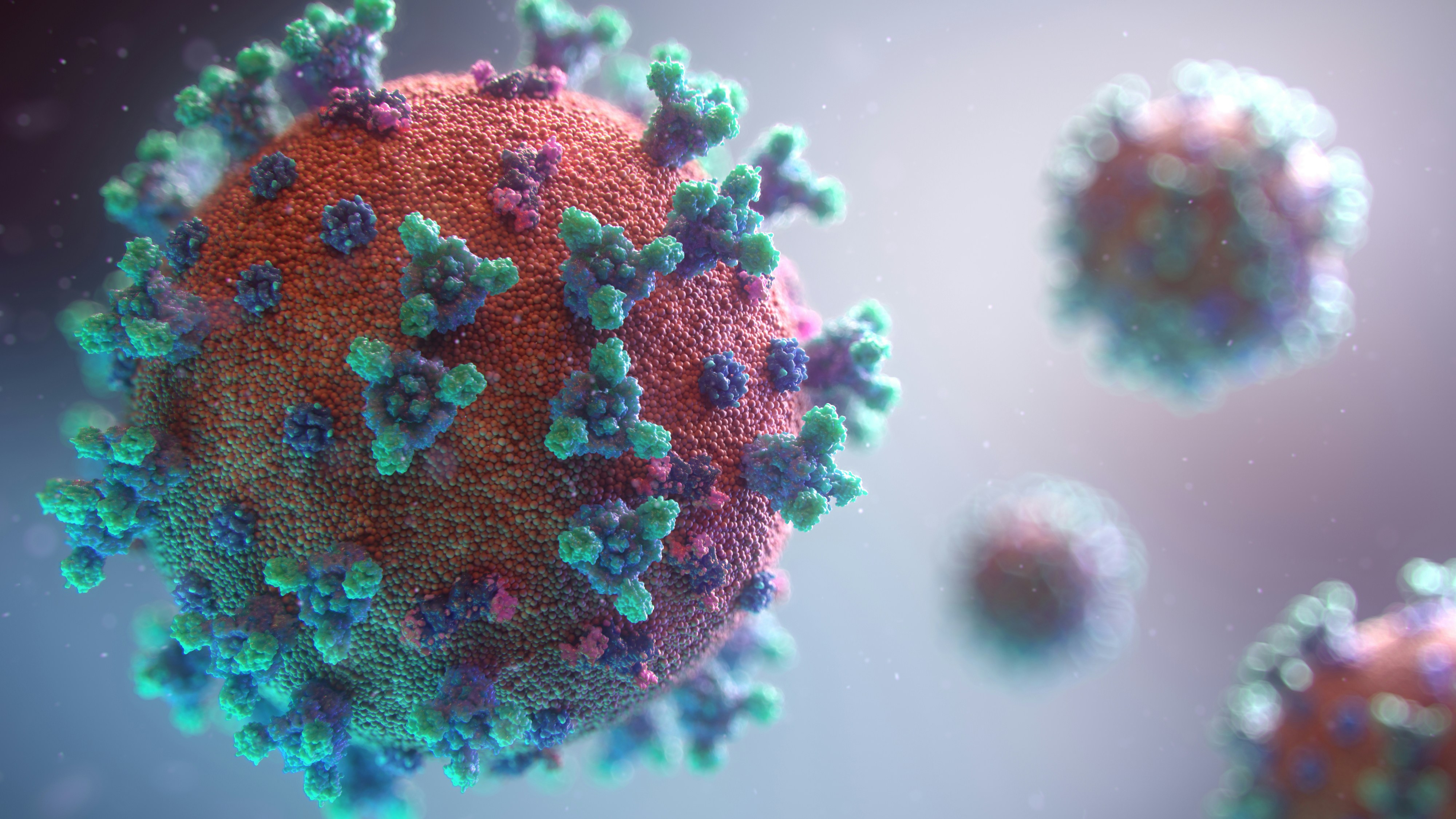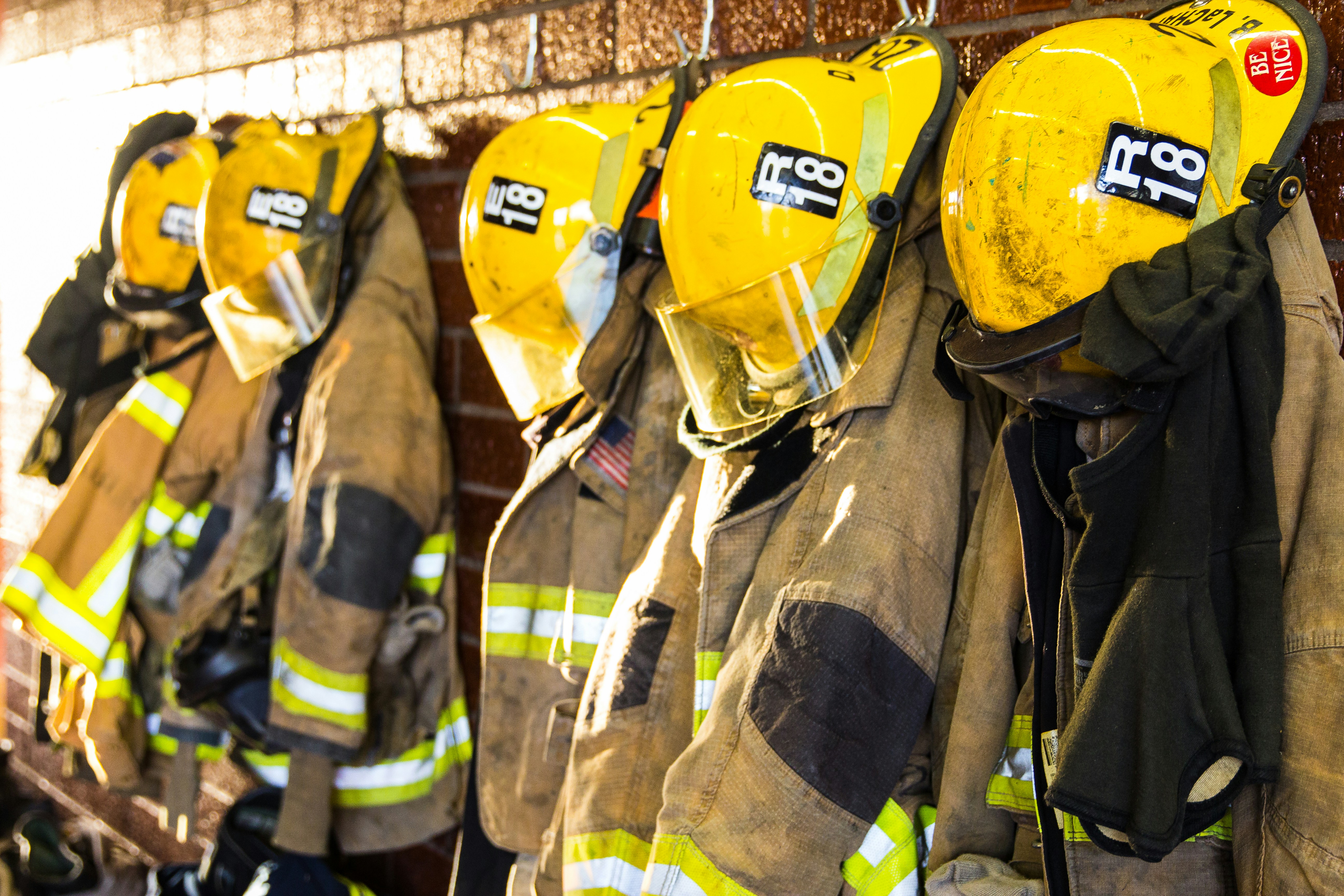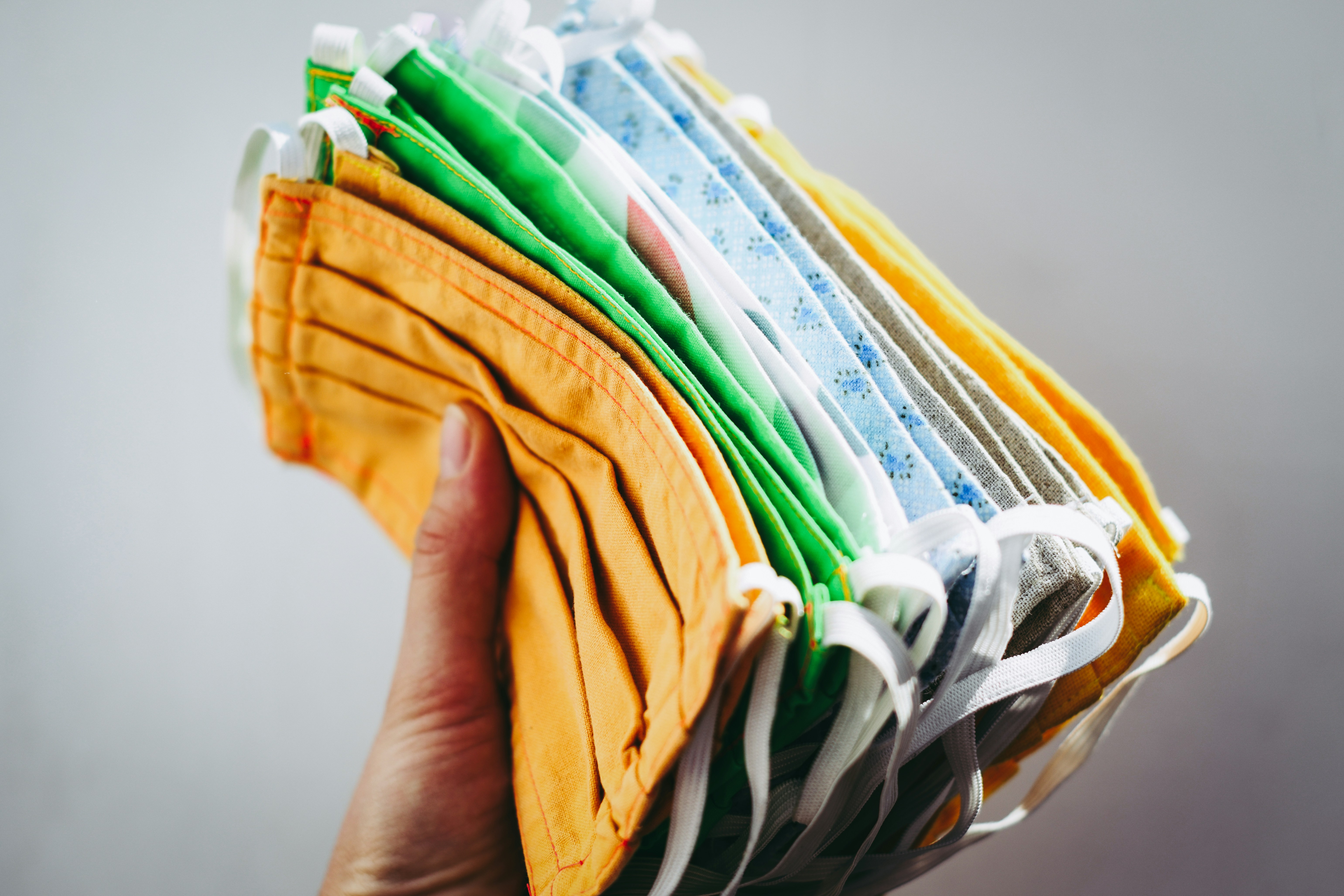Skilled and dedicated crews of firefighters bravely put themselves on the front lines, battling fires and smoke to protect individuals, families, and communities. This year, however, firefighters face a new, unseen danger: the novel coronavirus disease 2019 (COVID-19).
Highly contagious and characterized by symptoms including cough, fever, tiredness, shortness of breath, breathing difficulties, and chest pains, COVID-19 has forced many fire departments across the country to follow new protocols and procedures.

Some fire departments combat the spread of the virus by sending in one crew member to tend to a patient, rather than an entire team with equipment. Additionally, crew members wear masks, use gloves, and put on eye protection. In addition to these measures, following the five steps listed below can help firefighters protect themselves during the ongoing pandemic.
Use Protective Equipment When Necessary
Each firefighter responding to a call dons a self-contained breathing apparatus, also called an SCBA. SBCAs intend to provide breathable air amid hazardous conditions. This device ultimately can protect firefighters from COVID-19 contamination.
In addition to such devices, firefighters may need to don PPE as recommended if crew members suspect or confirm they have COVID-19 or experience its symptoms. For COVID-19, PPE is a disposable gown to prevent droplet transmission on duty uniforms, gloves, eye protection, and an N95 respirator, as recommended by the National Institute for Occupational Safety and Health. Crews need this level of PPE when there is a high suspicion of inspection or actual COVID-19 positive cases.
The right kind of technology—such as that offered by Orion Communications, a certified Azure Government provider—can be protective equipment. Orion has responded to the needs of the public safety workforce for over two decades. Orion Communications software can automate several processes for public safety organizations, whether about operational equipment, training, scheduling, or payroll. Orion’s robust technology generates data used to create real-time analytics, allowing agency leaders in the public safety workforce to have timely data-based insights that can enhance workforce management.

Orion’s software suite can be an efficient workforce management solution for firefighters and EMS personnel.
The cloud-based public safety workforce management software by Orion optimizes and enhances the way fire departments centralize the operational and administrative aspects of fire personnel management, which is crucial amid COVID-19.
Fire departments are responsible for controlling overtime costs, applying new PPE, scheduling, and more. Orion’s software offers a better way for fire departments to manage and use data regarding costs, training, schedules, and equipment.
Disinfect and Sanitize the Station as Often as You Can
To reduce the risk of and prevent the spread of COVID-19 in the fire station, crews should deep clean and disinfect their stations and workspaces as often as possible. Use disinfectant wipes and sprays on commonly used objects and surfaces in the station, such as light switches and door handles. Deep cleaning often-touched parts of vehicles is vital to health.
Additionally, it’s crucial to disinfect surfaces relevant to food preparation, serving, consumption, and any items bought and delivered from outside the station.
Cover Your Face as Much as Possible
Wearing a face mask is a way to protect everyone, especially those at an increased risk of contracting COVID-19. Face masks and coverings are crucial to avoiding and reducing the spread of COVID-19 because anyone with the virus or its antibodies can spread it to others through sneezes and coughs, or unknowingly if they don’t exhibit any symptoms.

Wash Your Hands Often
People have the responsibility of regularly washing their hands to do their part in slowing the spread of the virus. Hand-washing reduces the spread of COVID-19, as well as the flu, respiratory syndromes, and colds.
Firefighters should wash their hands before and after food consumption; caring for cuts, wounds, or burns; and coming in contact with commonly used public items.
Maintain an Appropriate Physical Distance from Others
Firefighters can save themselves and their crew members from spreading germs throughout the station by keeping their hands and other objects to themselves. Working and eating at least six feet away can reduce the likelihood of crew members contracting the virus.
Firefighters should also remain physically distant from patients and keep limited contact with them as much as possible.
Firefighters, noted for their selfless ability to help others, can help their crew members and community by staying home if they don’t feel well, or leaving the station if they fall ill.
Transparency and openness about health in the workplace and adhering to the CDC guidelines can help firefighters remain as safe and healthy as possible.